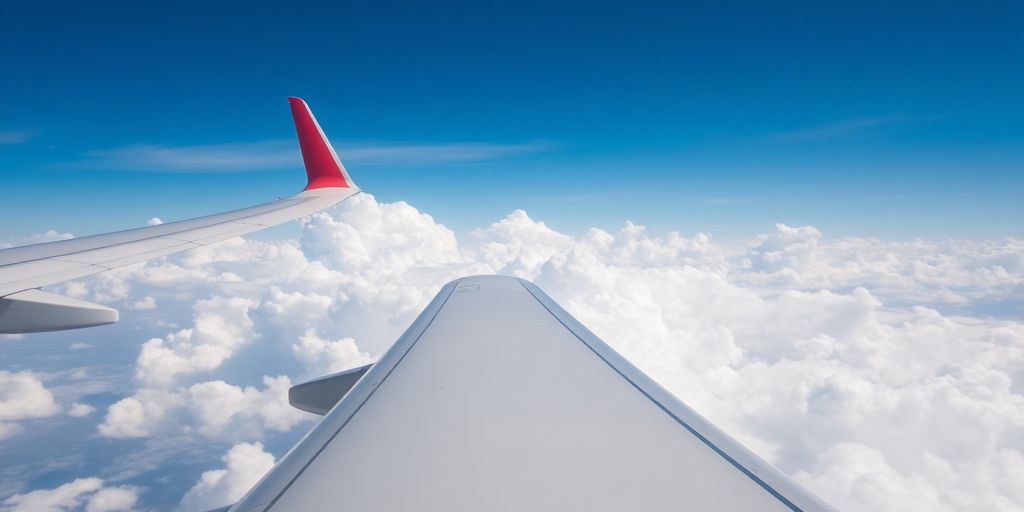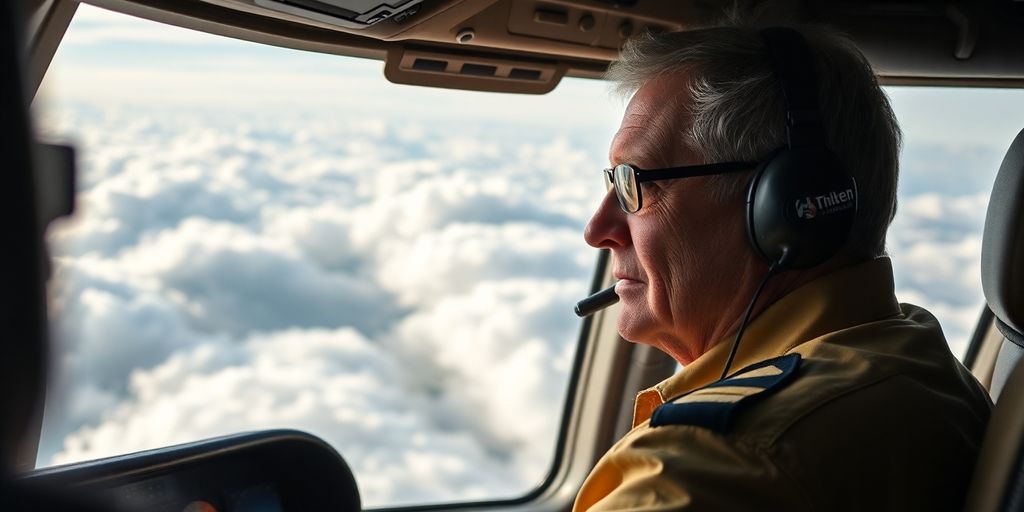When Is Turbulence In An Airplane Dangerous? | Curious Pilot Explains #1

Turbulence is a common concern for many passengers when flying. In this article, we’ll explore what turbulence is, the different types, and when it can be dangerous. Understanding these factors can help ease the minds of nervous flyers and provide insight into the safety measures in place.
Key Takeaways
- Turbulence is generally not dangerous.
- There are several types of turbulence, each with different causes.
- Wind shear is the most dangerous type of turbulence, especially during takeoff and landing.
- Pilots are trained to handle turbulence and have systems in place to detect it.
What Is Turbulence?
Turbulence refers to the disruption of air that an aircraft flies through. It can be caused by various factors, including the size and weight of the aircraft, as well as changes in airflow. The severity of turbulence can vary, and it’s important to know that not all turbulence is the same.
Types Of Turbulence
There are several types of turbulence that pilots encounter:
- Mechanical Turbulence: This occurs when airflow is disrupted by obstacles like buildings or hills. It mainly affects aircraft at lower altitudes.
- Mountain Waves (Orographic Turbulence): This type is related to airflow around mountain ranges, causing significant temperature and pressure changes.
- Wake Turbulence: Created by large aircraft, this turbulence comes from the wing tips and can disrupt the airflow behind them. Air traffic control manages this by spacing out takeoffs.
- Convective Turbulence: Often found around thunderstorms, this includes thermals and downdrafts. Pilots use weather reports to avoid these areas.
- Clear Air Turbulence: This can occur in clear skies, especially at high altitudes where jet streams are present. It’s often unpredictable but can be beneficial, as it can help aircraft reach higher speeds.
Intensity Of Turbulence
Turbulence is categorized into different intensities:
- Light: Minimal movement, barely noticeable.
- Moderate: Difficulty walking, loose objects may move.
- Severe: Strong jolts, can push passengers against seat belts.
- Extreme: Rare, typically only experienced in severe storms or hurricanes.
When Is Turbulence Dangerous?
The most dangerous type of turbulence is wind shear. This is a sudden change in wind speed or direction, particularly hazardous during takeoff and landing. If an aircraft experiences wind shear close to the ground, it can lose lift quickly, which is critical during these phases of flight.
Safety Measures In Place
Pilots are well-trained to handle turbulence. They receive weather reports and forecasts before flights, and modern aircraft are equipped with weather radar to detect storms. Airports also have systems to alert pilots about wind shear, ensuring they are prepared.
Conclusion
In summary, turbulence is a normal part of flying and is generally not something to worry about. While it can be uncomfortable, the safety measures in place and the training pilots receive ensure that you are in good hands. If you have any questions or concerns about turbulence, feel free to leave a comment below!








Responses